What Is A Network?
A network is a group of devices connected by some form of transmission medium (wireless or cable) for the purpose of sharing resources.
A resource, in this context, could be anything from an image file to the printer in your office. Networks have everything to do with the transmission of data, information or other resources from one device to another. The minimum requirements for a basic network, then, would simply be two devices connected to each other in some fashion. Two smartphones connected by Bluetooth would be one example. Another would be two computers connected over ethernet.
What is a LAN?
LAN stands for Local Area Network and refers, as the name implies, to the set of devices connected to each other in the immediate area. In practical terms, one LAN is fenced off from another. If you live in an apartment building, your LAN, and the devices on it, remains separate from your neighbours’ LANs.
What is a WAN?
WAN stands for Wide Area Network and refers to any network covering a larger geographical area that consists of sets of smaller, local networks. The internet is itself a WAN, but WANs do not have to be global. A WAN could consist of interconnected banks and ATMs, for example or, in other words, WANs need not be open and accessible to everybody. Put simplest, a WAN is a network of networks.
How Do Devices Connect To A Network?
In order to communicate across and between networks, a device needs two things: a MAC address and an IP address.
The MAC address is assigned, primarily, by the device’s manufacturer. Also known as a hardware address, or a physical address, a MAC address is a globally unique ID that can refer only to the device it is hard-coded into. MAC addresses are hard-coded into the device’s network interface card (NIC), and are readable by other devices, such as network switches, on the network. MAC addresses are primarily used by layer 2 devices on the network, while at layer 3 private IP addresses are used instead to differentiate between devices on the network.
The IP address is assigned dynamically by a DHCP server or, if there is no such server on the network, the IP address can be manually assigned by a network admin. Private and public IP addresses exist; public IPs are usually assigned by an ISP and sit ‘above’ the router. Private IP addresses sit ‘below’ the router, internally on the network, and are not ‘seen’ by computers outside of the LAN. A single public IP address can refer to an entire local network and all of the devices on it.
Servers and Clients: What’s the Difference?
A server is a computer on a network that provides a service or function to other devices on that network. Servers are said to ‘host’ a service across a network.
A client is a computer on the network that makes use of a service provided by a server.
Servers and clients are both just computers. It is the role the computer plays on the network that determines whether it’s a server or a client. In fact, a single device like a laptop could play both roles at once.
In practice, server and client devices often look very different simply because they are manufactured to specialise in solving the problems unique to each role. A server, for example, needs a whole lot of storage, memory and computing power in order to handle the great number of queries and requests being sent to it at any one time. Imagine a press conference with one person answering the questions and a crowd of hundreds all clamouring with questions and requests at once. The more computing power the server has, the more capable it is of handling all these requests and queries quickly. When a server is no more powerful than a typical client, it will be very slow at handling all but the simplest requests.
Clients on the network are typically devices designed for the end-user and, therefore, are typically designed to be able to make a range of requests and queries to a server and display the results in a way that brings about a positive experience for the user. This means large, bright screens with good colour accuracy for displaying video files, built-in peripherals like a keyboard and trackpad, touch-sensitive screens and more. Again, this is not a necessity, as it is the role that the device plays on the network that determines whether it is a client or a server.
Buy Network Hardware Online with NetXL
Whether you need layer 3 network switches, super-fast wireless access points, structured cabling or best-in-class LTE and WiFi antennas for fixed wireless access applications, NetXL stocks it all. With next-day delivery available at checkout for all orders placed until 7 pm, great pricing with additional volume pricing discounts and in-house networking expertise, NetXL prides itself on being your distributor of choice for network hardware.


